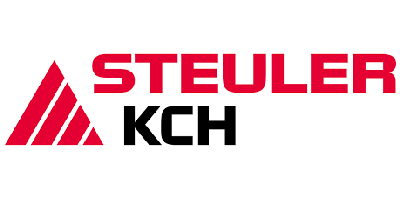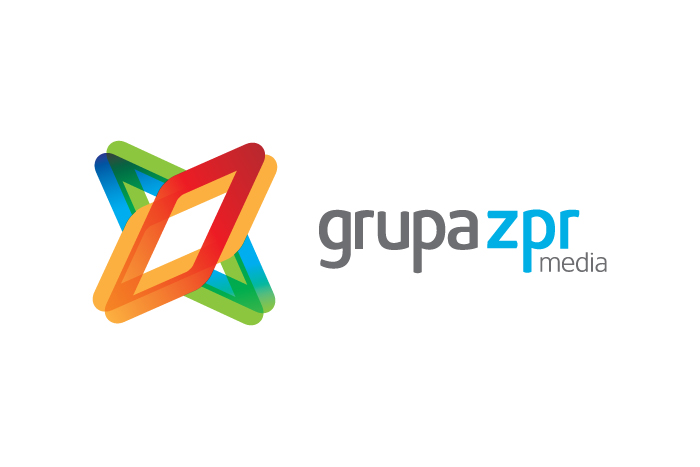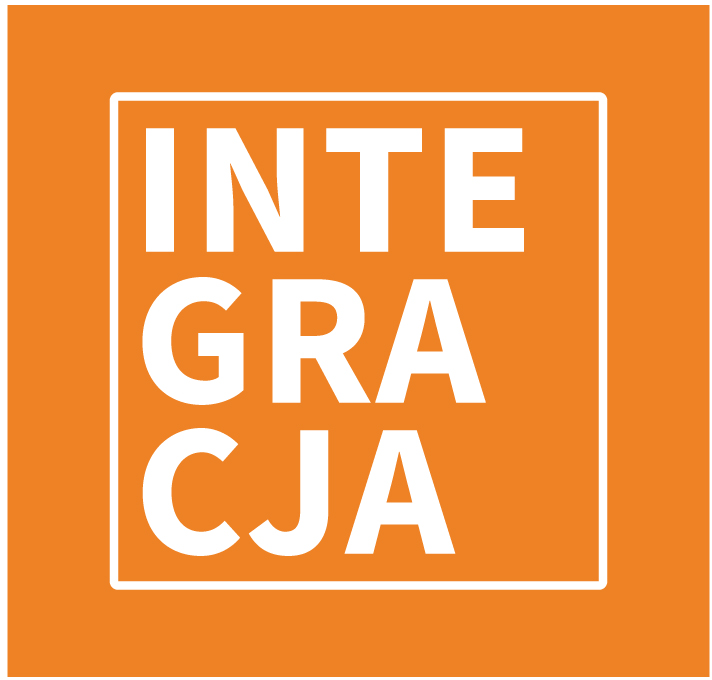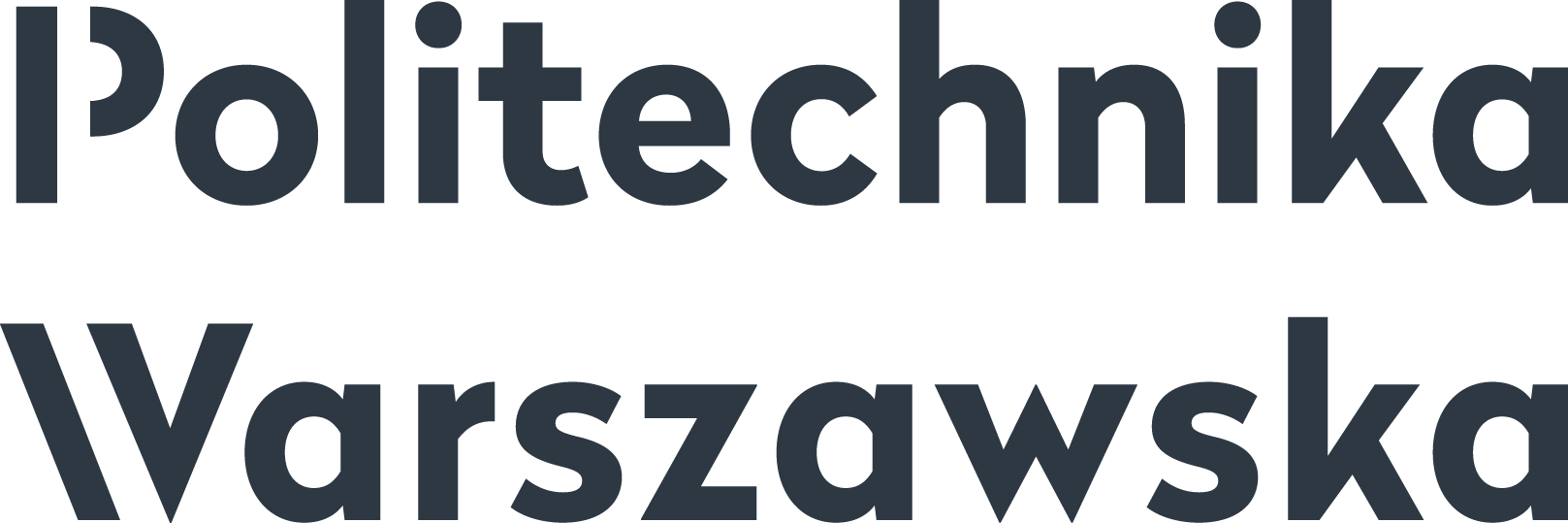ECOVIS Poland Sp. z o.o. | Garażowa Street 5A, 02-651 Warsaw
"All truths are easy to understand once they are discovered.
The point is to discover them”.
Galileo
Model: Automating the process of evaluating business entities by using new representation methods to assess the risk of bankruptcy and the reliability of financial statements.
The model is used for quick assessment and scoring of the financial standing of enterprises based on their financial statements, non-financial data, information from the trade press, market data and input from other sources. It relies on artificial intelligence (AI), machine learning and deep language models.
The model uses hybrid methods which draw from classical approaches, indicators and structured data and combines these with deep neural network methods. This approach made it possible to achieve a high degree of efficiency in detecting and classifying inconsistencies in financial data. It has also allowed to offer the suitable level of quality and unique functionalities that could not be achieved with the use of other methods. Our model for classifying corporate bankruptcy and fraud cases was trained on data from financial statements, including more than 440,000 observations from 50,000 unique companies, made over a period of several years. The data was first broken down by company size (small or large) and then by industry (Polish Classification of Activities – PKD).
The model relies on the so-called keywords, using them to learn all the time by supplementing its resources with new data. Thus, it is a living tool based on information updated on a continuous basis. The use of machine learning techniques made it possible to offer a new level of quality and introduced some unique functionalities that could not be achieved with the use of other approaches.
The most common models used to date were based on international experience and did not take into account the specifics of the local market. Another advantage of our model is the inclusion of industry, geographic and local aspects in the scoring and in the prediction of corporate bankruptcy.
The trained model uses red flags that appear when predefined threats and risks materialize.
The tool significantly improves the work of certified auditors and business analysts analyzing financial data, identifying threats which may potentially affect the companies’ ability to continue as a going concern, forecasting bankruptcies or conducting the due diligence process. It is particularly useful in the initial phase of an audit, as well as before signing a contract with a potential client. It may also be used to support and automate the classification of business entities, as well as while detecting potential irregularities and fraud cases.
They trusted us
























